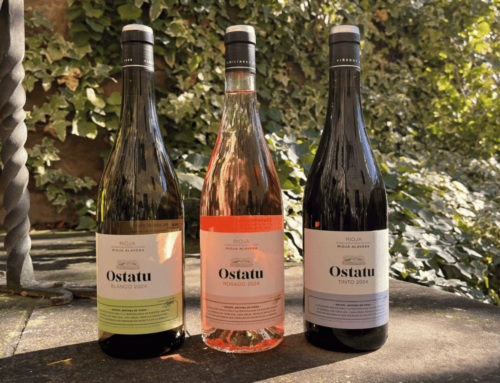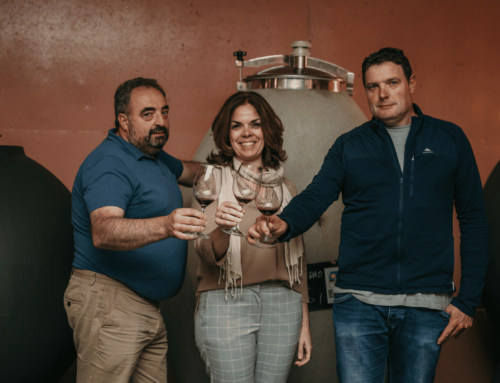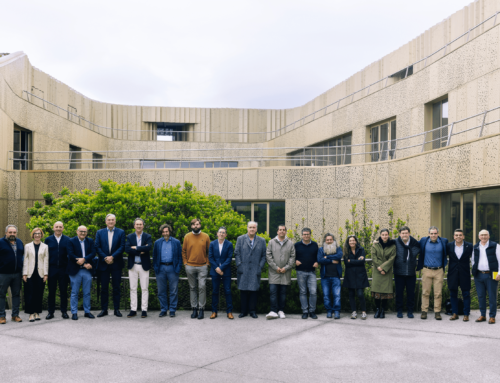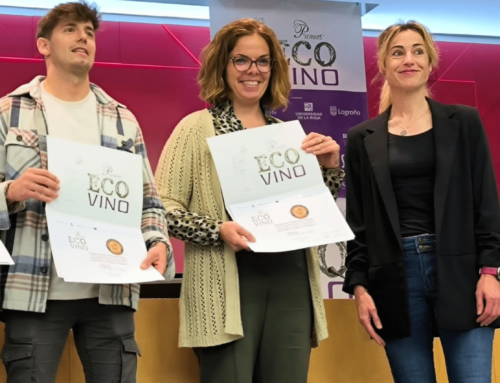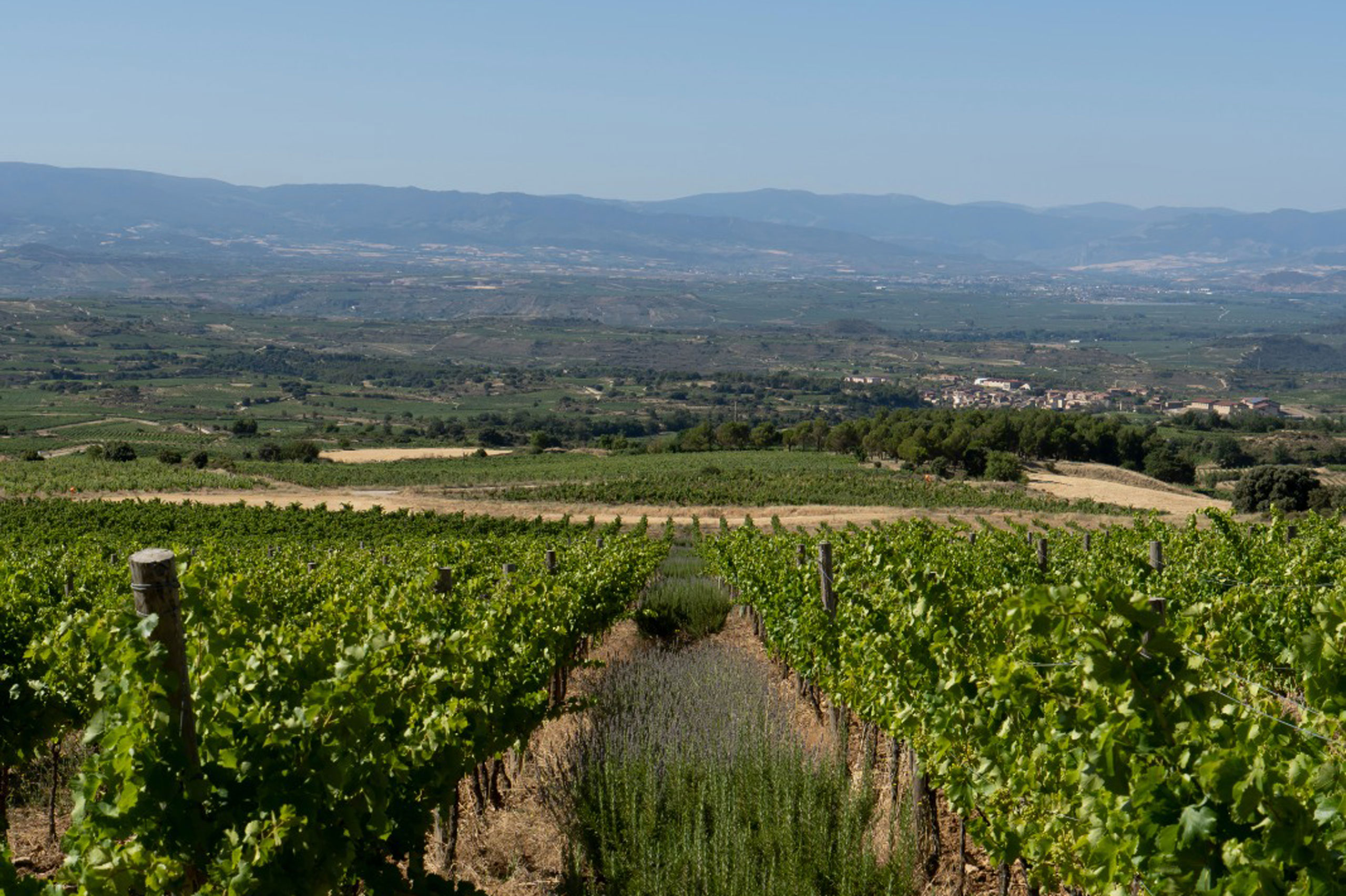
What is living soil? A dynamic ecosystem, with the presence of organic matter and living beings of all kinds, from microorganisms to insects, mammals, and, of course, flora.
It has always been said that the vine needs poor land to produce quality grapes. And it is true but with some limits. The new climatic reality affects natural cycles and the state of the soil: overexploitation, erosion, and desertification are some of the challenges that those of us who dedicate ourselves to the field face.
Torrential rains and storms, heat waves, lack of water, or fires are some of the inclement weather conditions that affect the health of the soil; but also other facts such as the gradual disappearance of extensive livestock.
Carbon, oxygen, and hydrogen are the fundamental elements present in the soil for the correct development of the vine at 95%. In the remaining 5% there are other macro and microelements, such as nitrogen, phosphorus, potassium, calcium, iron, chlorine, or copper, whose lack or abundance will cause imbalances for the vine.
- Nitrogen: favors growth at the beginning and the increase in the weight of the bunches and grapes.
- Potassium: important for the assimilation of chlorophyll and in the transport of carbohydrates to the clusters. It affects the vigor and performance of the plant, it is an energy store.
- Calcium: the fundamental element to improve the resistance of the grape skin, the synthesis of proteins, and the tolerance to diseases.
- Magnesium: it is part of chlorophyll, it helps to capture iron.
- Iron: it is involved in the initial development of leaves and, therefore, of the berries.
Another of the parameters to take into account in viticulture is the PH of the soils, the extremes of this value will prevent the previously listed nutrients from being assimilated.
Like everything in life, the key is in balance, and, for a plant to be balanced and regulated, the soil in which it is rooted must also be.
When the plant covers rot, they contribute to the soil with all the elements mentioned above, so the plant can capture them.
Resilient winegrowing
Faced with intensive viticulture, the use of mineral fertilizers, insecticides, and pesticides, which grew exponentially during the second half of the 20th century, a new paradigm focused on respecting the vine ecosystems was opened years ago.
What can wine growers do to preserve the soil? At Ostatu we trust these practices that “listen” to the vine, and for this reason, we are committed to regenerative viticulture.
One of the objectives of the research study in which we are immersed, ‘Mahasti Anitza’, is precisely to demonstrate how the improvement of biodiversity in vineyards guarantees the future and quality.
The flora present in the vineyard, in addition to promoting the population of beneficial insects and microorganisms, prevents erosion and retains water resources.
Another important fact about the vegetation layer is that it captures C02 from the atmosphere, the so-called sink effect.
